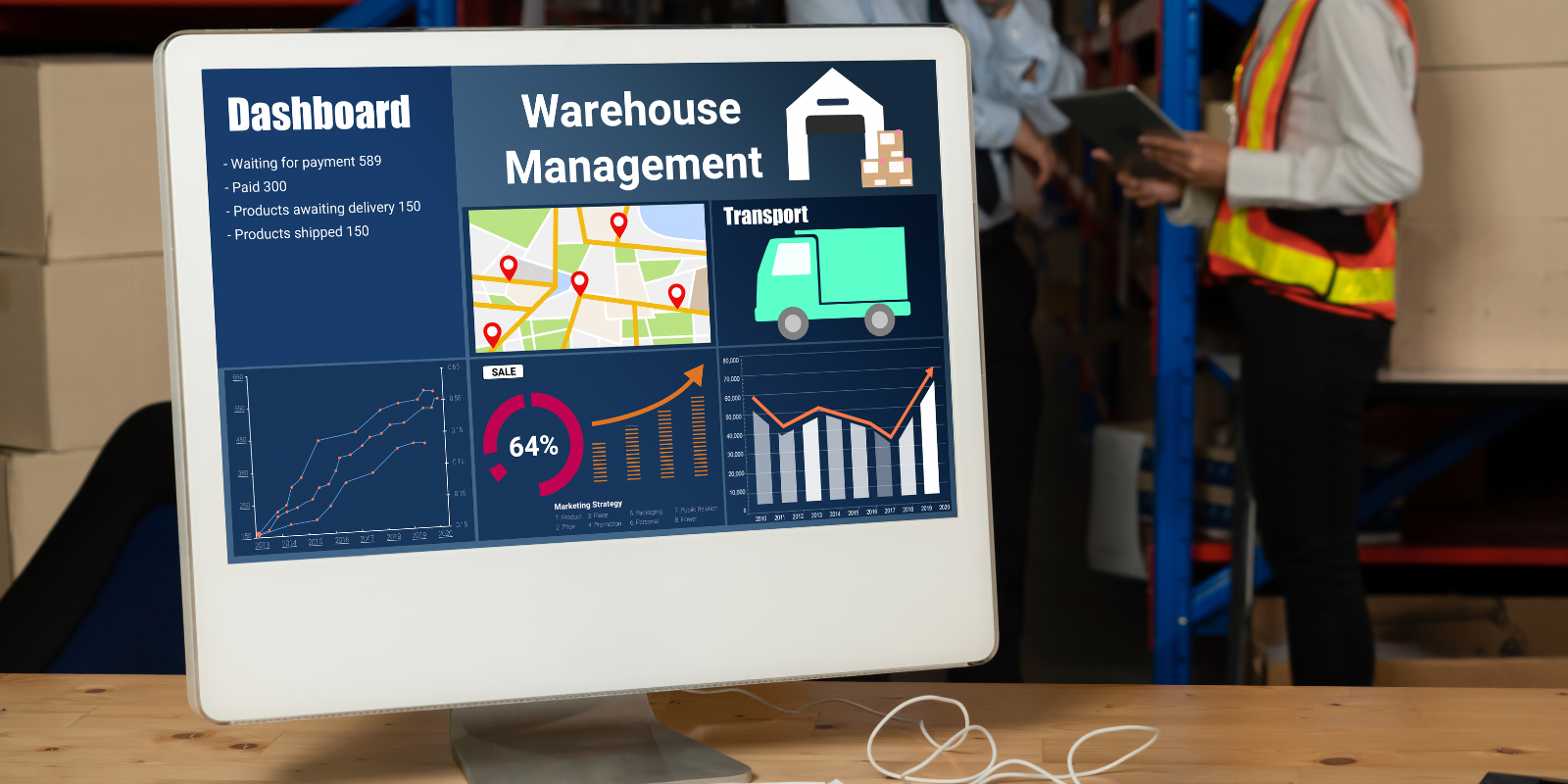In the world of retail, success hinges on delivering exceptional customer experiences and optimizing operations. Behind the scenes, this relies heavily on seamless data integration. From tracking inventory to analysing customer preferences, data integration has become the backbone of modern retail. But what does it take to make it work, and why does it matter so much?
Retailers today manage data from countless sources—point-of-sale systems, e-commerce platforms, supply chain logistics, and even social media channels. The challenge lies in bringing all this information together to create a cohesive view of operations and customers. Without proper integration, data remains siloed. And that leads to inefficiencies, missed opportunities, and frustrated customers.
Effective data integration enables retailers to connect the dots across systems. Thus, creating a unified and actionable data ecosystem. Imagine a scenario where a retailer predicts a surge in demand for winter clothing based on social media trends and adjusts inventory in real time. By integrating sales data with supply chain systems and external sources, this becomes possible, ensuring shelves are stocked with what customers want, when they want it.
One of the standout applications of data integration in retail is personalized marketing. By combining purchase histories, website behaviour, and loyalty program data, retailers can deliver targeted promotions that resonate with individual customers. For instance, global giants like Amazon leverage integrated data systems to recommend products that align perfectly with customer preferences, boosting both sales and satisfaction.
Operational efficiency is another major win. Retailers can streamline inventory management, reducing overstocking and stockouts. By integrating warehouse systems with sales and forecasting data, decisions are driven by real-time insights rather than guesswork. A notable example is Zara, which uses integrated data platforms to react quickly to fashion trends, minimizing waste and maximizing profitability.
However, achieving seamless data integration isn’t without its challenges. Retailers often grapple with legacy systems that don’t play well with modern platforms. Data security is another critical concern, as breaches can erode customer trust. Ensuring scalability is equally vital, especially for retailers expanding into new markets or digital channels.
Despite these hurdles, the benefits are undeniable. Data integration not only improves operational efficiency but also unlocks the potential for innovation. Retailers can explore predictive analytics, real-time dashboards, and even AI-driven decision-making to stay ahead in a competitive market.
In retail, where customer expectations evolve faster than ever, data integration is the secret weapon for success. By connecting systems, breaking down silos, and creating a unified data strategy, retailers can deliver unparalleled experiences, optimize their operations, and set the stage for sustained growth.






